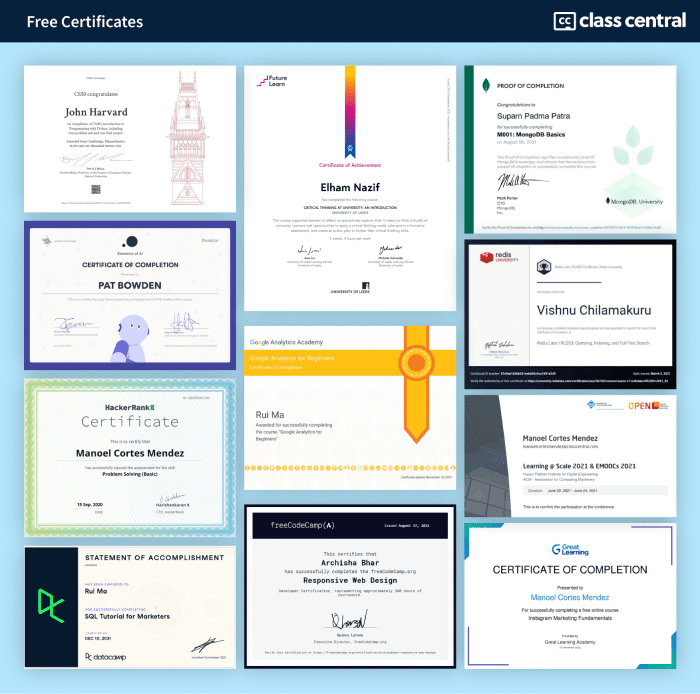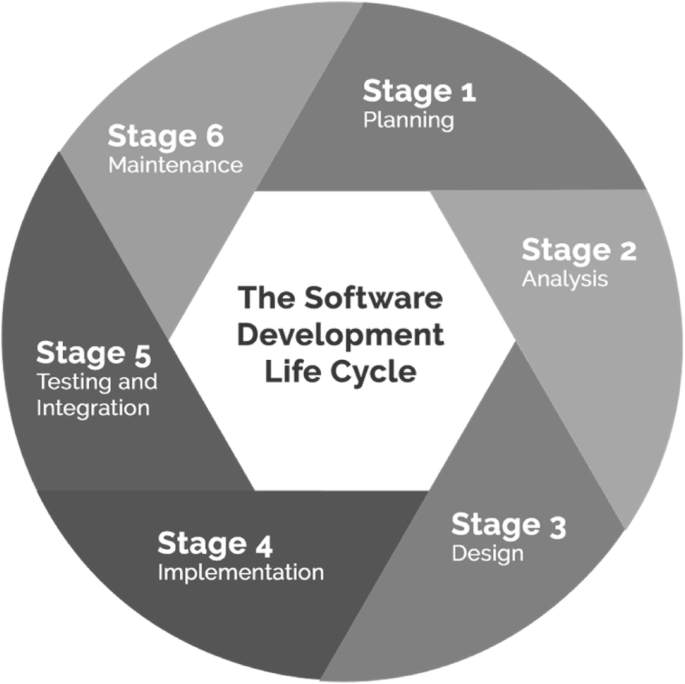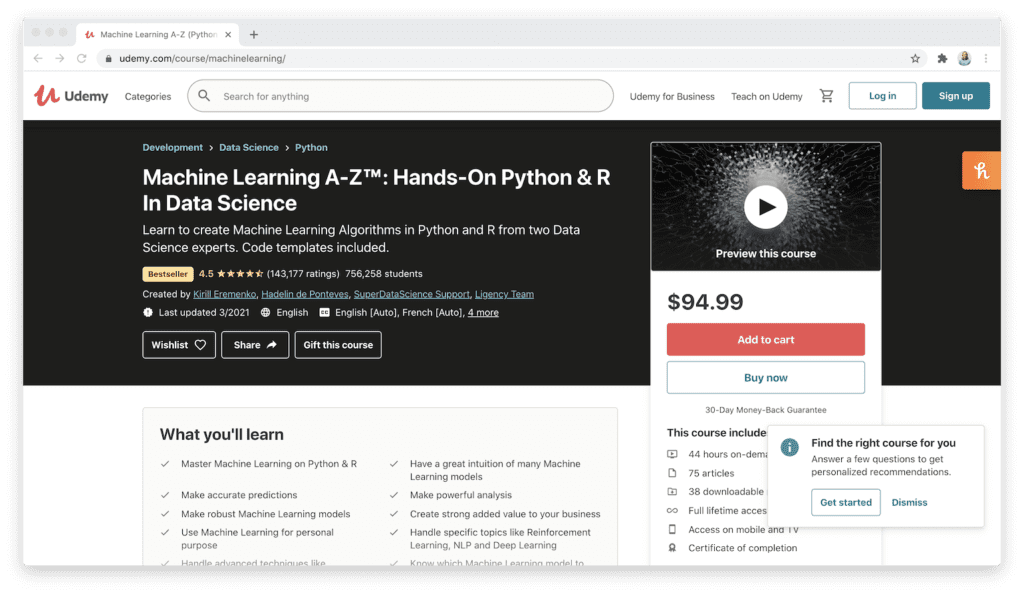All Categories
Featured
Table of Contents
On the other hand, ML engineers focus on building and deploying machine learning designs. They concentrate on training models with information to make forecasts or automate tasks. While there is overlap, AI engineers deal with more diverse AI applications, while ML engineers have a narrower focus on machine learning algorithms and their functional application.
Artificial intelligence designers concentrate on developing and releasing maker knowing versions right into manufacturing systems. They work on engineering, making sure designs are scalable, reliable, and incorporated right into applications. On the various other hand, data researchers have a broader role that includes data collection, cleansing, expedition, and building versions. They are frequently accountable for extracting understandings and making data-driven choices.
As companies increasingly adopt AI and equipment understanding modern technologies, the need for proficient specialists expands. Artificial intelligence engineers service innovative tasks, add to technology, and have affordable incomes. Nonetheless, success in this area requires continual knowing and staying on top of advancing innovations and techniques. Artificial intelligence duties are usually well-paid, with the possibility for high making capacity.
ML is basically various from typical software application growth as it concentrates on training computer systems to gain from data, rather than shows explicit regulations that are carried out systematically. Unpredictability of end results: You are possibly utilized to writing code with predictable outcomes, whether your function runs as soon as or a thousand times. In ML, however, the end results are much less particular.
Pre-training and fine-tuning: Just how these versions are trained on vast datasets and after that fine-tuned for certain tasks. Applications of LLMs: Such as message generation, view analysis and details search and retrieval.
The Greatest Guide To Software Engineering For Ai-enabled Systems (Se4ai)
The capability to take care of codebases, combine changes, and solve conflicts is simply as crucial in ML growth as it remains in traditional software application jobs. The skills developed in debugging and screening software applications are extremely transferable. While the context could alter from debugging application reasoning to determining problems in information handling or model training the underlying principles of methodical examination, theory testing, and iterative refinement are the very same.
Maker learning, at its core, is heavily dependent on data and chance theory. These are important for understanding just how algorithms find out from information, make forecasts, and assess their efficiency.
For those thinking about LLMs, an extensive understanding of deep understanding architectures is helpful. This includes not only the mechanics of semantic networks but also the design of details designs for different usage instances, like CNNs (Convolutional Neural Networks) for picture handling and RNNs (Frequent Neural Networks) and transformers for sequential information and natural language processing.

You must be conscious of these problems and learn methods for identifying, minimizing, and connecting regarding prejudice in ML versions. This consists of the possible effect of automated decisions and the honest ramifications. Several designs, specifically LLMs, require considerable computational sources that are typically supplied by cloud platforms like AWS, Google Cloud, and Azure.
Building these skills will not just assist in a successful transition right into ML but also make certain that designers can add effectively and responsibly to the development of this dynamic area. Theory is essential, but nothing beats hands-on experience. Beginning servicing tasks that allow you to apply what you've found out in a practical context.

Take part in competitors: Join platforms like Kaggle to join NLP competitors. Develop your jobs: Start with easy applications, such as a chatbot or a text summarization device, and gradually raise complexity. The field of ML and LLMs is quickly developing, with brand-new breakthroughs and modern technologies emerging consistently. Staying updated with the latest research study and fads is essential.
I Want To Become A Machine Learning Engineer With 0 ... Fundamentals Explained
Join communities and online forums, such as Reddit's r/MachineLearning or neighborhood Slack channels, to go over ideas and obtain advice. Attend workshops, meetups, and meetings to get in touch with other professionals in the field. Add to open-source tasks or write blog messages regarding your discovering trip and jobs. As you acquire proficiency, start looking for opportunities to integrate ML and LLMs into your job, or look for brand-new roles concentrated on these technologies.
Possible use instances in interactive software, such as recommendation systems and automated decision-making. Understanding uncertainty, standard statistical measures, and probability circulations. Vectors, matrices, and their duty in ML formulas. Error reduction methods and gradient descent discussed just. Terms like design, dataset, functions, tags, training, reasoning, and recognition. Information collection, preprocessing techniques, version training, examination procedures, and implementation considerations.
Choice Trees and Random Woodlands: User-friendly and interpretable models. Assistance Vector Machines: Maximum margin category. Matching trouble kinds with proper models. Stabilizing efficiency and complexity. Fundamental framework of neural networks: neurons, layers, activation features. Split computation and ahead breeding. Feedforward Networks, Convolutional Neural Networks (CNNs), Recurring Neural Networks (RNNs). Picture acknowledgment, series prediction, and time-series evaluation.
Constant Integration/Continuous Deployment (CI/CD) for ML operations. Version tracking, versioning, and performance monitoring. Identifying and resolving modifications in version performance over time.
Machine Learning Is Still Too Hard For Software Engineers for Beginners
You'll be presented to 3 of the most pertinent parts of the AI/ML technique; supervised discovering, neural networks, and deep understanding. You'll comprehend the differences between traditional programming and device discovering by hands-on growth in supervised discovering before building out intricate distributed applications with neural networks.
This training course works as an overview to equipment lear ... Program More.
The average ML workflow goes something similar to this: You require to comprehend business problem or purpose, prior to you can attempt and resolve it with Device Knowing. This typically means research study and collaboration with domain name degree specialists to define clear objectives and needs, as well as with cross-functional teams, including data researchers, software engineers, product managers, and stakeholders.
: You pick the ideal design to fit your goal, and after that educate it utilizing libraries and structures like scikit-learn, TensorFlow, or PyTorch. Is this functioning? An integral part of ML is fine-tuning designs to get the desired outcome. At this phase, you evaluate the efficiency of your chosen device discovering design and after that use fine-tune model specifications and hyperparameters to enhance its performance and generalization.
This may entail containerization, API development, and cloud implementation. Does it continue to function since it's online? At this phase, you monitor the efficiency of your deployed versions in real-time, recognizing and dealing with concerns as they develop. This can additionally imply that you upgrade and re-train models regularly to adjust to altering information circulations or business demands.
The Single Strategy To Use For Embarking On A Self-taught Machine Learning Journey

Device Knowing has blown up over the last few years, many thanks in part to advancements in data storage, collection, and computing power. (In addition to our desire to automate all the things!). The Machine Discovering market is forecasted to reach US$ 249.9 billion this year, and after that proceed to expand to $528.1 billion by 2030, so yeah the demand is rather high.
That's simply one task publishing web site also, so there are even a lot more ML tasks out there! There's never been a better time to obtain into Machine Learning.
Right here's the thing, tech is one of those sectors where several of the greatest and finest individuals worldwide are all self taught, and some also openly oppose the concept of individuals getting a college level. Mark Zuckerberg, Costs Gates and Steve Jobs all dropped out before they got their degrees.
Some Of Best Online Machine Learning Courses And Programs
Being self taught really is less of a blocker than you possibly believe. Specifically because these days, you can discover the crucial elements of what's covered in a CS level. As long as you can do the job they ask, that's all they really appreciate. Like any kind of new ability, there's most definitely a discovering curve and it's going to feel hard at times.
The main distinctions are: It pays remarkably well to most other careers And there's a continuous learning component What I mean by this is that with all technology duties, you need to remain on top of your video game to ensure that you recognize the present abilities and changes in the market.
Kind of just how you may discover something new in your present job. A lot of individuals who work in tech actually enjoy this because it implies their work is constantly transforming slightly and they take pleasure in learning new things.
I'm mosting likely to state these skills so you have a concept of what's required in the task. That being claimed, a good Maker Understanding program will educate you mostly all of these at the exact same time, so no demand to stress. Several of it might also appear difficult, however you'll see it's much simpler once you're applying the theory.
Latest Posts
Anonymous Coding & Technical Interview Prep For Software Engineers
How To Master Whiteboard Coding Interviews
What Faang Companies Look For In Data Engineering Candidates